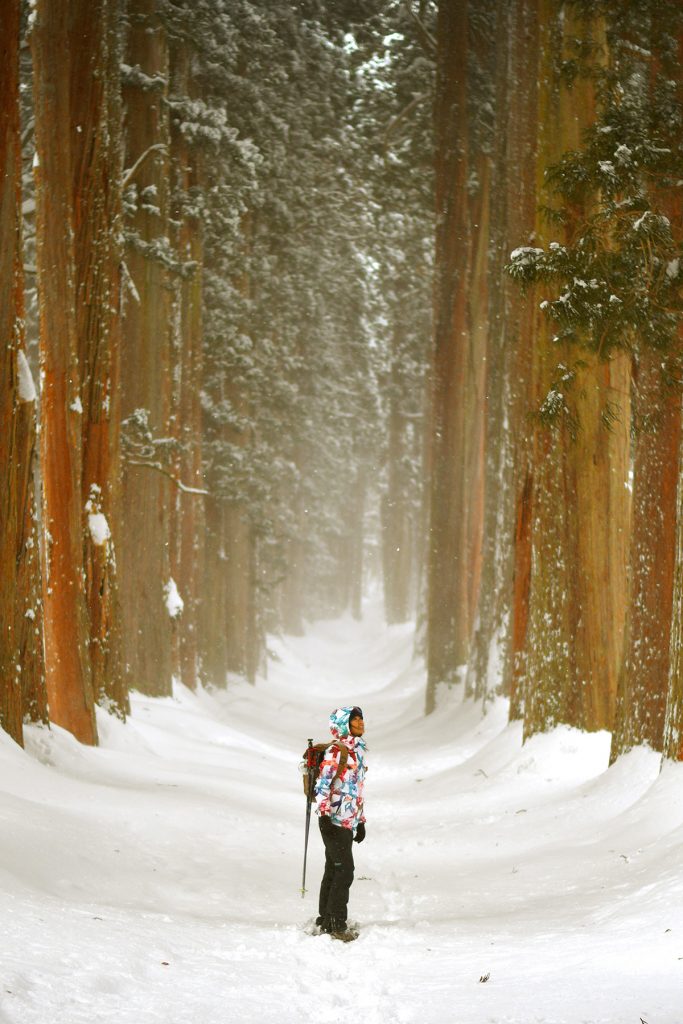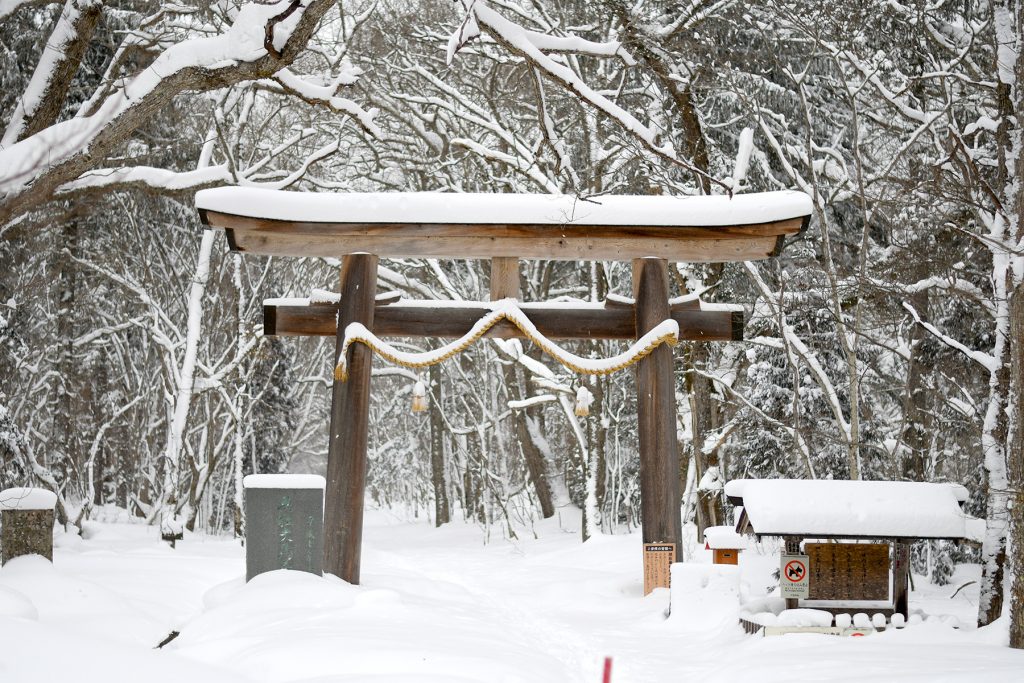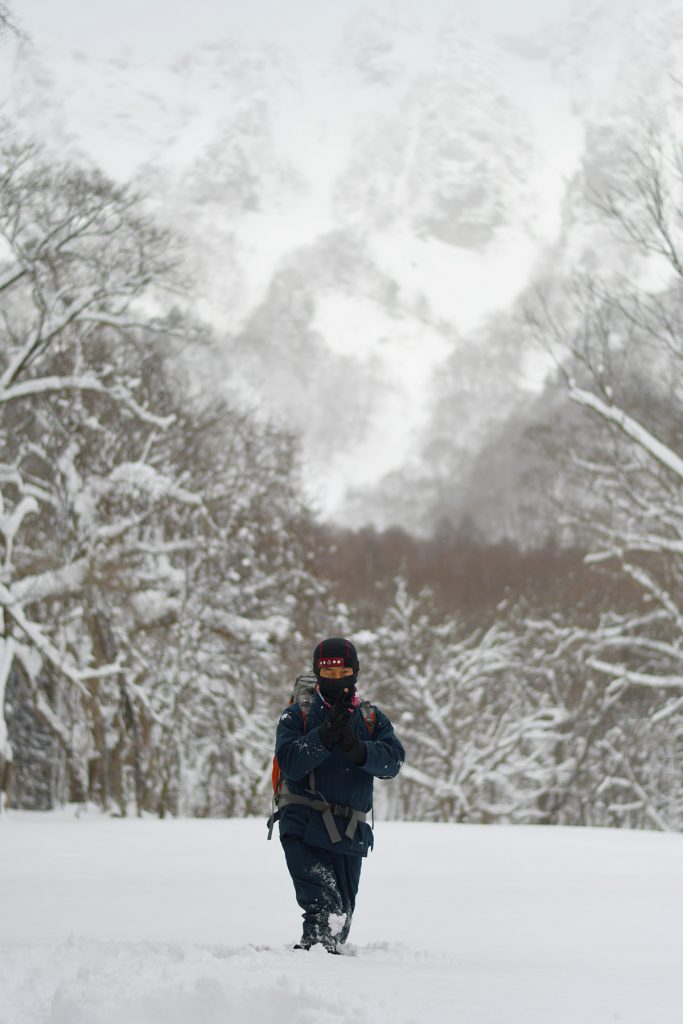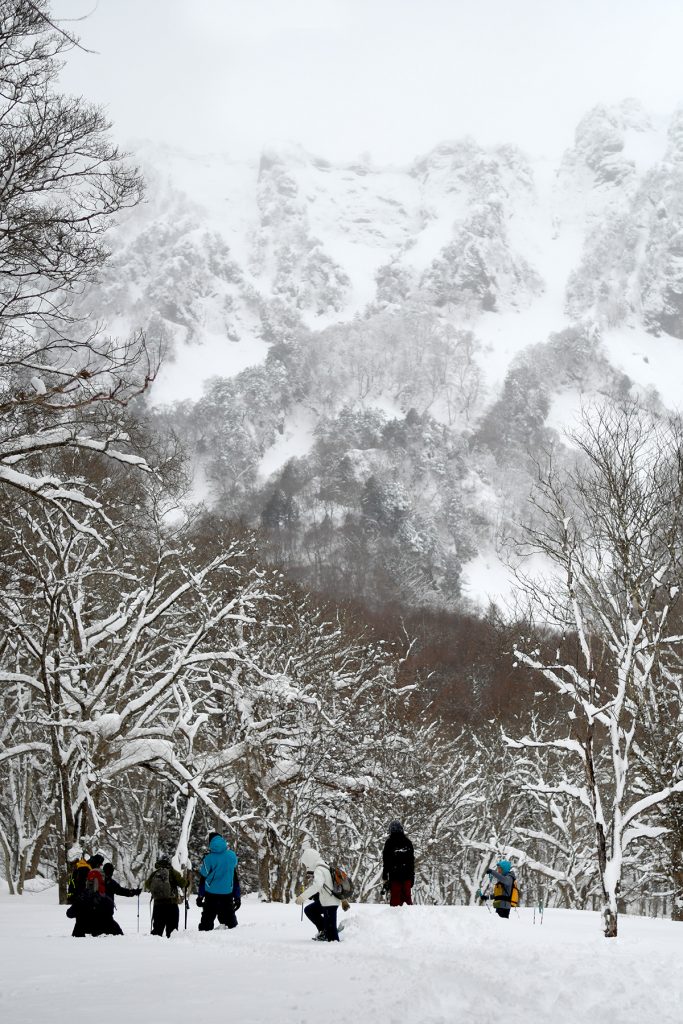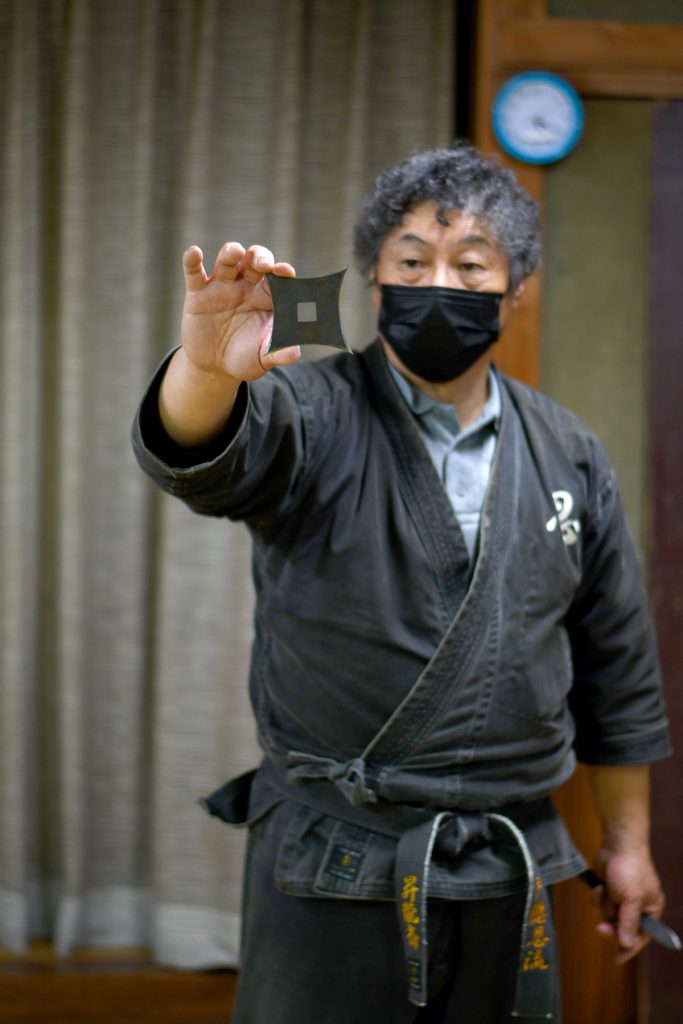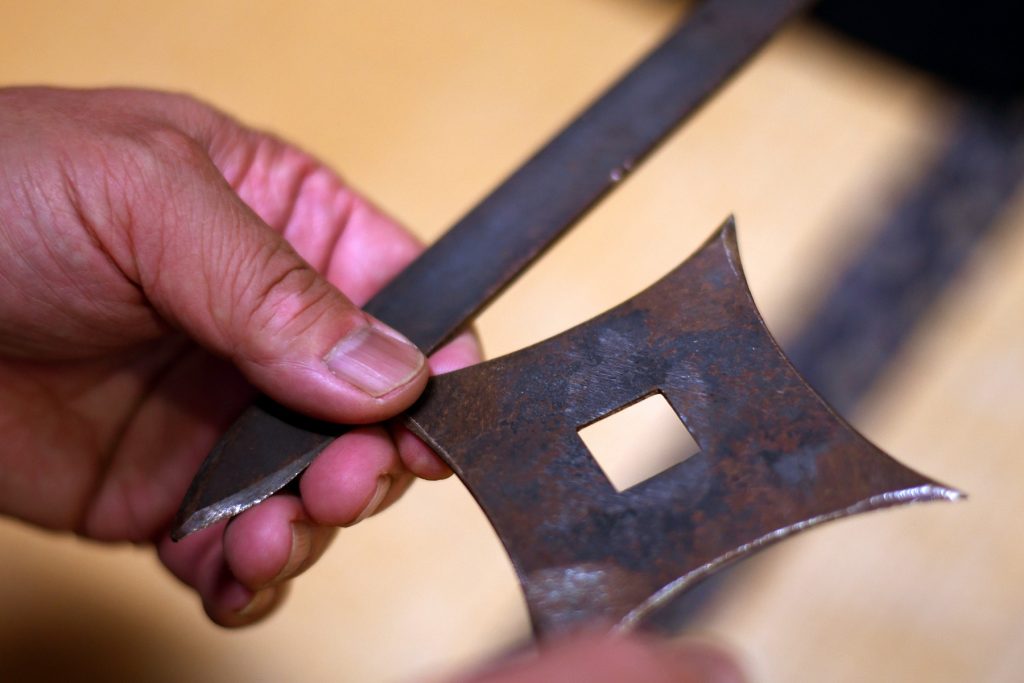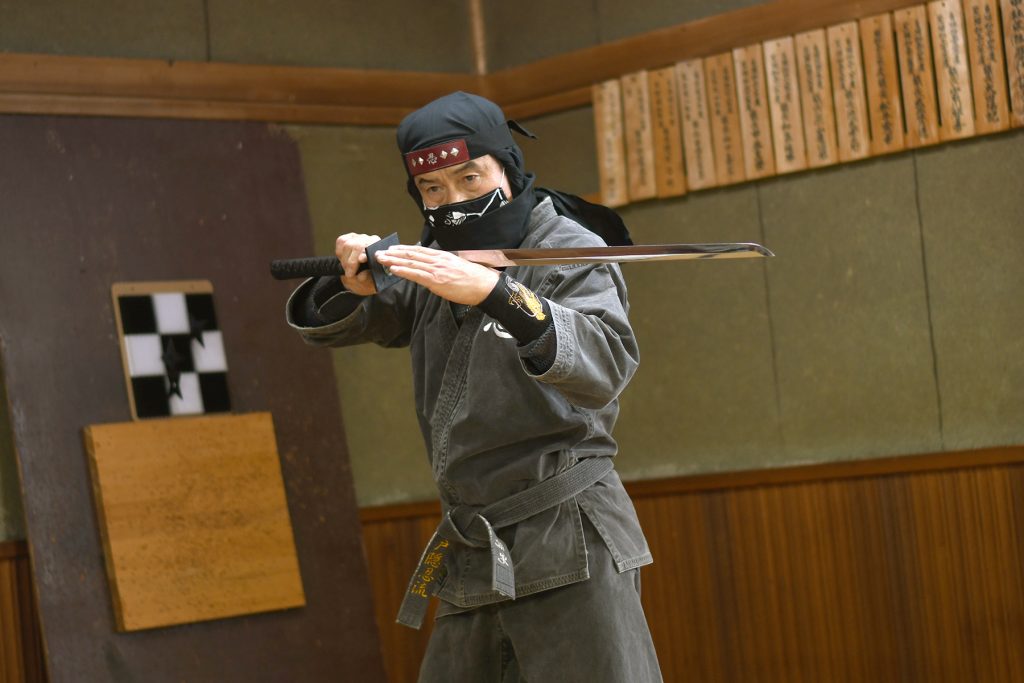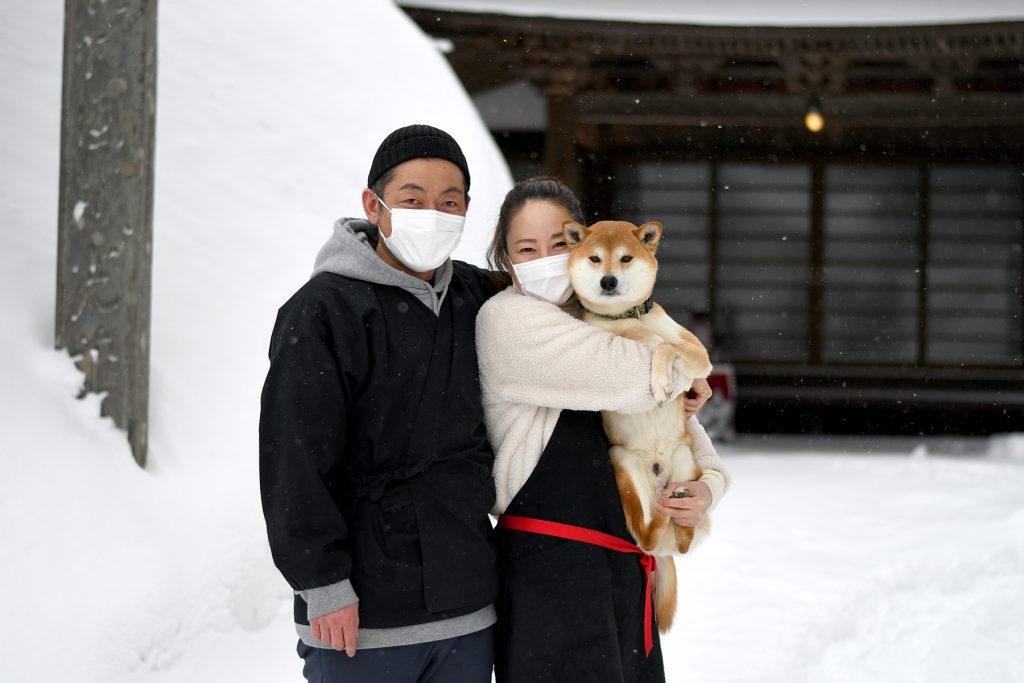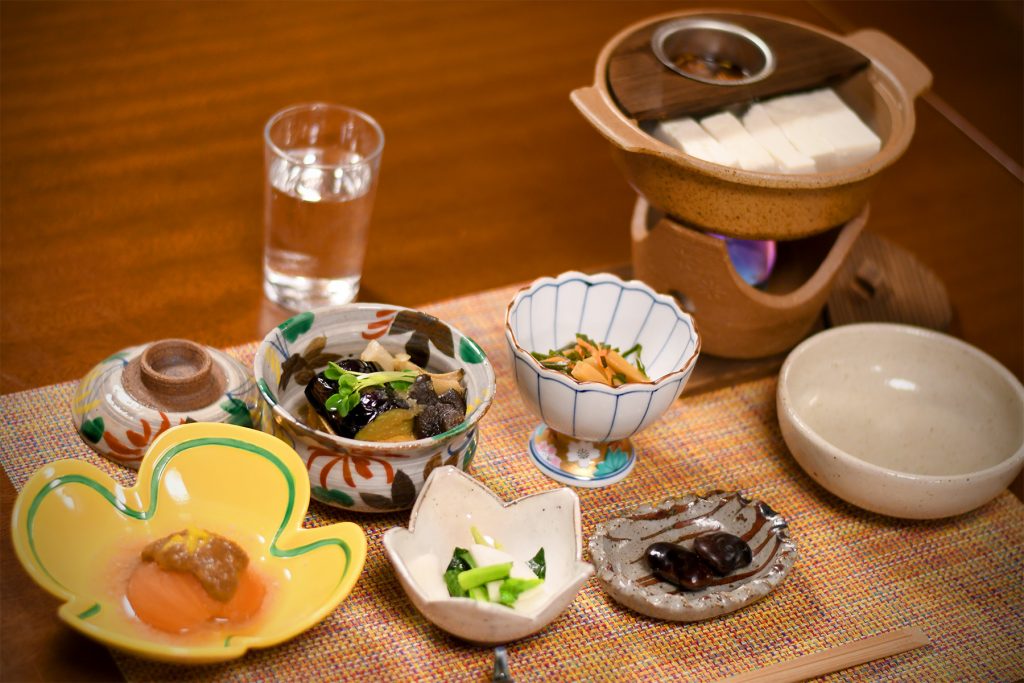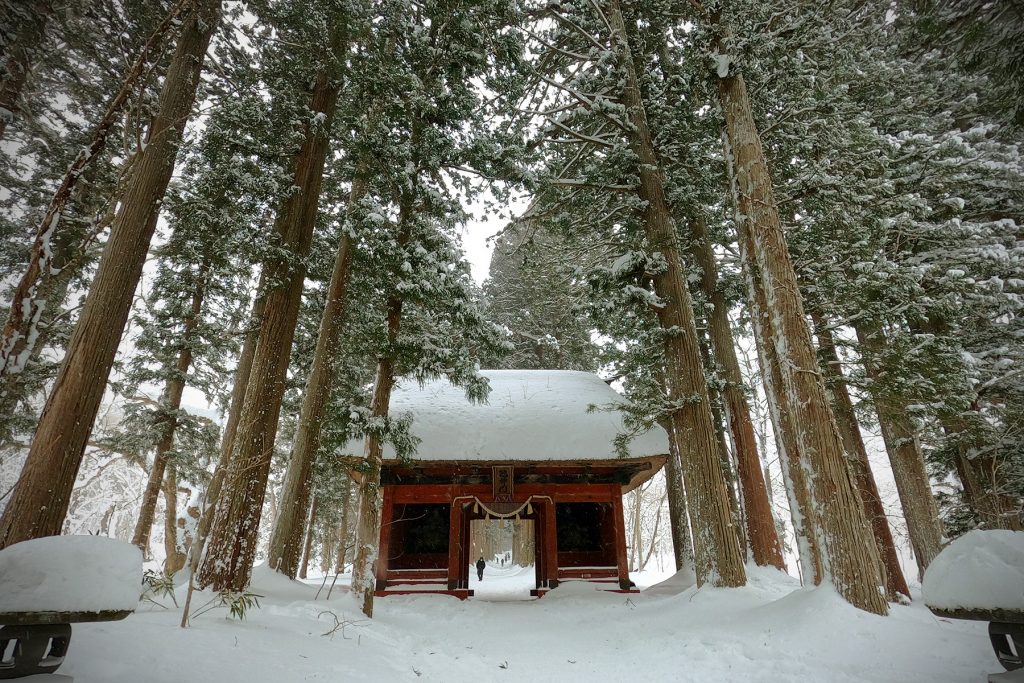
A rush of icy wind blows through Togakushi’s cedar forest and the snow flurry temporarily clouds our vision. As the snow settles, the Zuishinmon (red gate) appears in the distance, welcoming us to Togakushi’s famous avenue of giant cedar trees. This dramatic scene is the start of a ninja-guided snowshoe tour.
Togakushi is less than an hour drive from Nagano City and fittingly translates to “hidden door” or “hidden gate.” The ancient village’s historical and spiritual roots run deep and it is home to some of the most important Shinto shrines in Japan including the Togakushi Okusha Shrine nestled among 400-year-old giant cedars. Mt. Togakushi (1,904 meters) overlooks the village and has served as a place of ascetic training for yamabushi (mountain ascetics).
Perhaps Togakushi’s most intriguing fact is that it is home to Togakure-ryu, a major school of ninjutsu which started in the 12th century and is still practiced today. Togakure-ryu is one of the oldest ninja styles in Japan. While the mainstream image of ninjas involve lots of fighting and jumping, the Togakure ninjas focused on stealth techniques such as disguise, signalling, potion and poison making, information gathering and creating practical everyday tools that could double as weapons. The ninjas trained in the dense forests of Togakushi and the rocky cliffs of Mt. Togakushi. The mountain is said to have 33 hidden caves where ascetics would stay for weeks meditating, physically training and foraging.
While not as intense as the traditional Togakure-ryu ninjutsu, travelers can experience a glimpse of ninja training today. Starting this winter, the local community of ninjas hold guided snowshoe tours to Okusha Shrine and the cedar forests. This is not your average snowshoe tour, I quickly realize as our ninja guide Terufumi Yamaguchi starts teaching us how to use our snowshoe poles as fighting sticks. Accompanied by a wildlife guide, Yamaguchi-san also teaches the group about navigational and survival skills and the local plants and trees including some used for medicinal purposes. This half-day tour starts at Okusha Shrine’s parking lot and includes snowshoe rentals.
Back in the village center just a ten-minute drive away, the ninjas conduct ninjutsu lessons every Sunday evening during the green season at the community center. The lessons are led primarily by Kazuho Matsuhashi, who is preserving Togakushi’s history of ninjutsu. At 67 years old, the sprite and humorous Matsuhashi moves faster than most 30-year-olds who come to train under him.
“I practice ninjutsu just by living my everyday life,” says Matsuhashi when asked about his regimen. “And also I do 500 sit ups everyday.”
While the weekly Sunday sessions take on a more serious tone, the introductory 90-minute-ninja crash course includes learning about pressure points and joint locks, how to draw a sword, and using a wooden stick as a weapon. The lesson ends with shuriken (ninja darts) throwing.
“In ninjutsu, we always defend—we never attack or strike first,” says Matsuhashi as he begins the lesson. “The goal is to end the fight as quickly as you can, not to waste time. Strike the opponent with a single blow.”
Visitors might be surprised to find out that the lessons are free. “In the olden days, training didn’t cost money,” says Matsuhashi. “So I want to keep it that way.”
While Togakushi’s ninja attractions like the Museum of Togakure School of Ninpo and Kids Ninja Village are closed in winter, Togakushi can still be enjoyed over two or three days. The nearby Togakushi Ski World is small compared to its major resort neighbors like those in Hakuba, Nozawa Onsen and Myoko Kogen, but you can expect to enjoy fresh powder without the lines especially on weekdays. Enjoy a soak in Togakushi Kamitsuge Onsen after a day on the slopes.
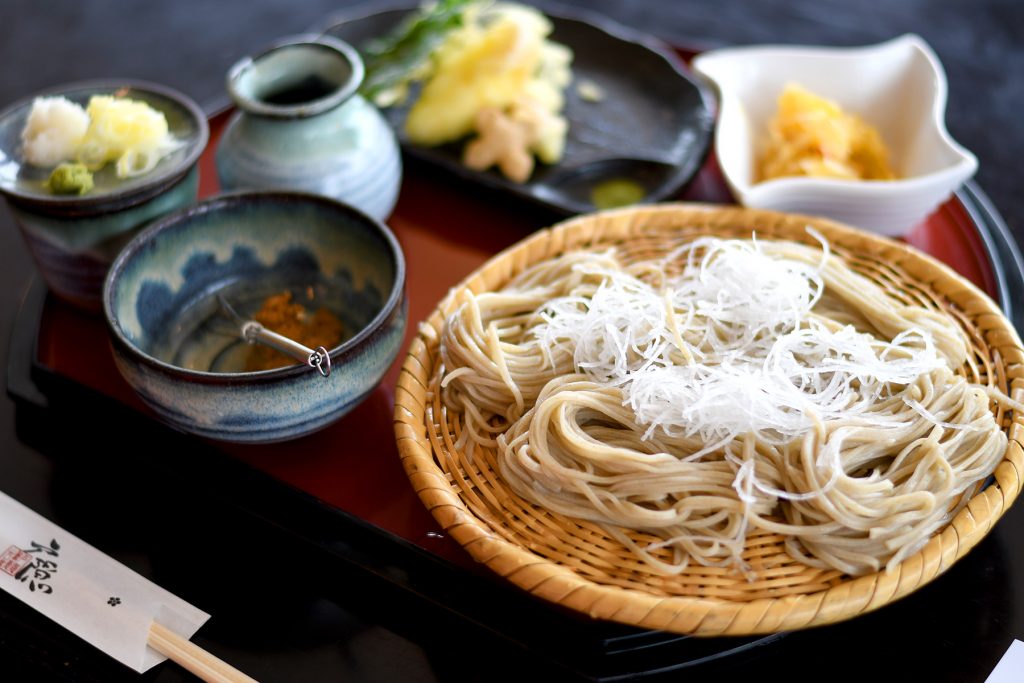
Togakushi is also famous for its soba (buckwheat) noodles. While zaru soba is typically enjoyed with tsuyu, a simple dipping sauce, Yamaguchi-ya Soba Restaurant (owned by our snowshoe guide Yamaguchi-san) introduces a variety of dishes using buckwheat flour, including deep-fried soba rolls. There are also allergy-friendly dishes available (reservation required). You can also rent snowshoes here.
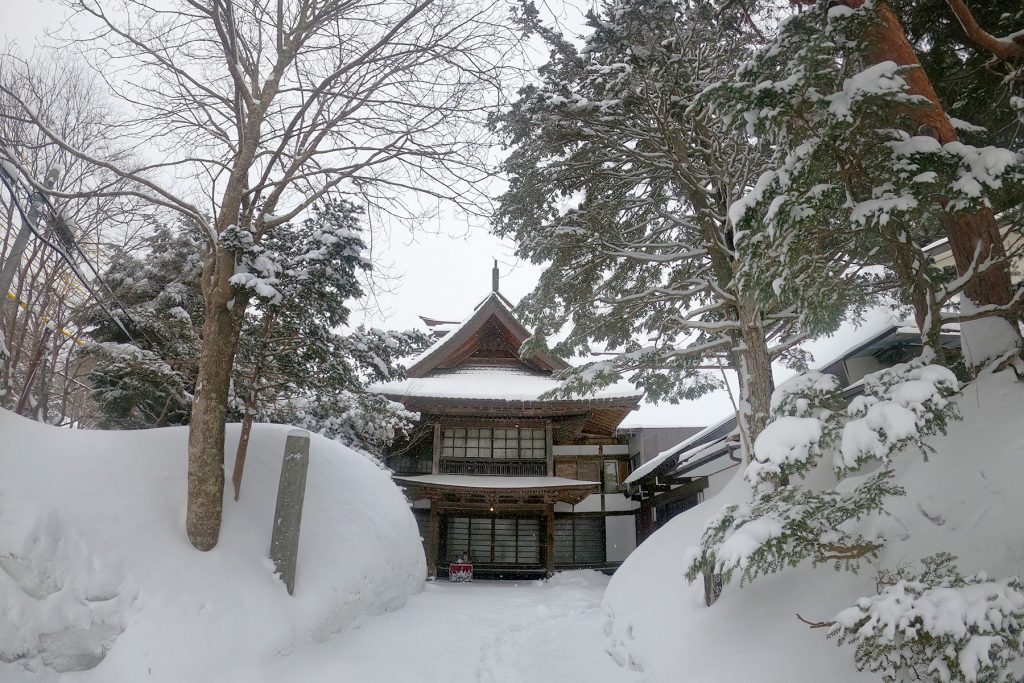
There are several ryokan (traditional inns) and minshuku (lodges) along the main road—many of them refurbished shukubo—temple accommodation where you can see what the daily life of a Japanese monk looks like. Miyazawa Ryokan and many of Togakushi’s other temple accommodation switched from Buddhism to Shintoism during the Meiji period. You can try vegetarian cuisine similar to shojin ryori and occasionally attend morning prayer rituals. Miyazawa Ryokan is run by a local priest and his wife (and their dog, Tara) and located near the impressive Togakushi Chusha (middle) Shrine.
To participate in a ninja lesson or snowshoeing tour, contact Togakushi Tourism Association.
Getting There
By Bus: Take the bus bound for Togakushi Camp Area or Togakushi Chusha-miyamae from Stop 7, the Kawanakajima Bus Station opposite Nagano Station. The journey takes 45-50 minutes and is ¥1,350 one way or ¥2,400 round trip.
By Car: From central Nagano, drive toward Zenkoji Temple and continue to Togakushi. It’s about a 30-45 minute drive from central Nagano.




